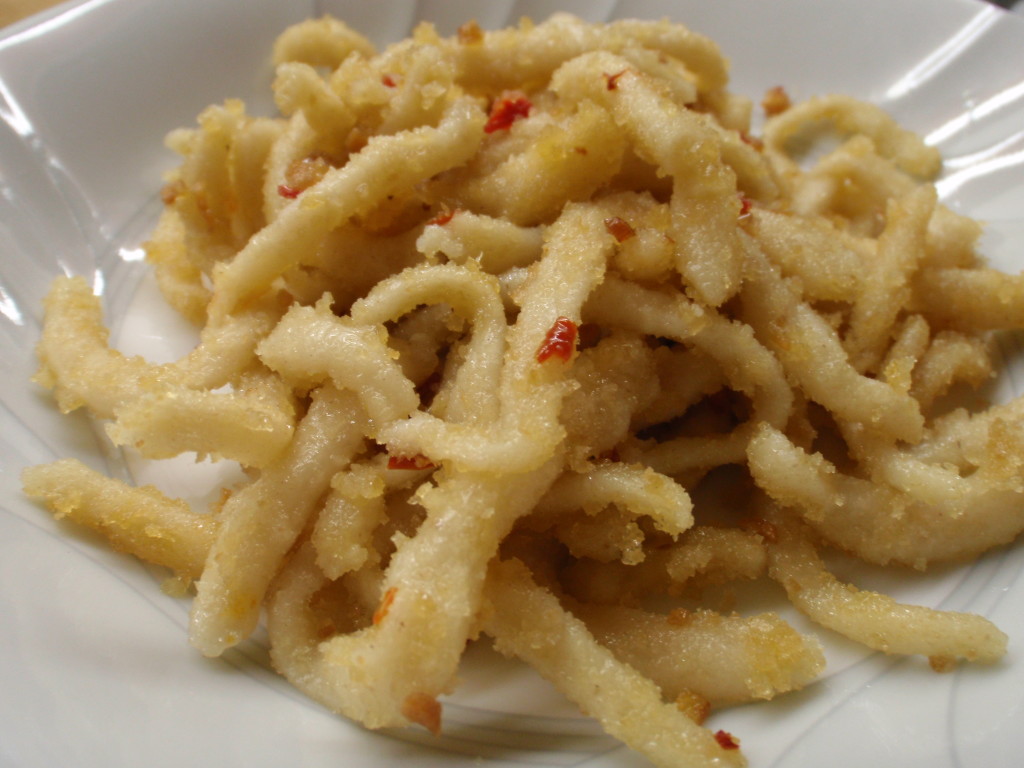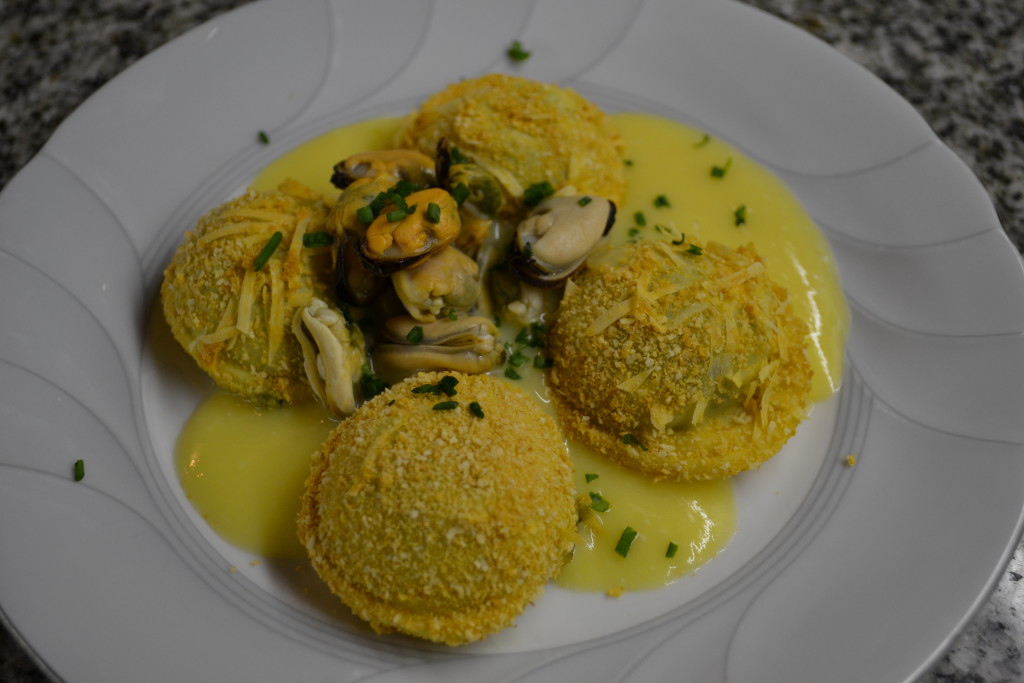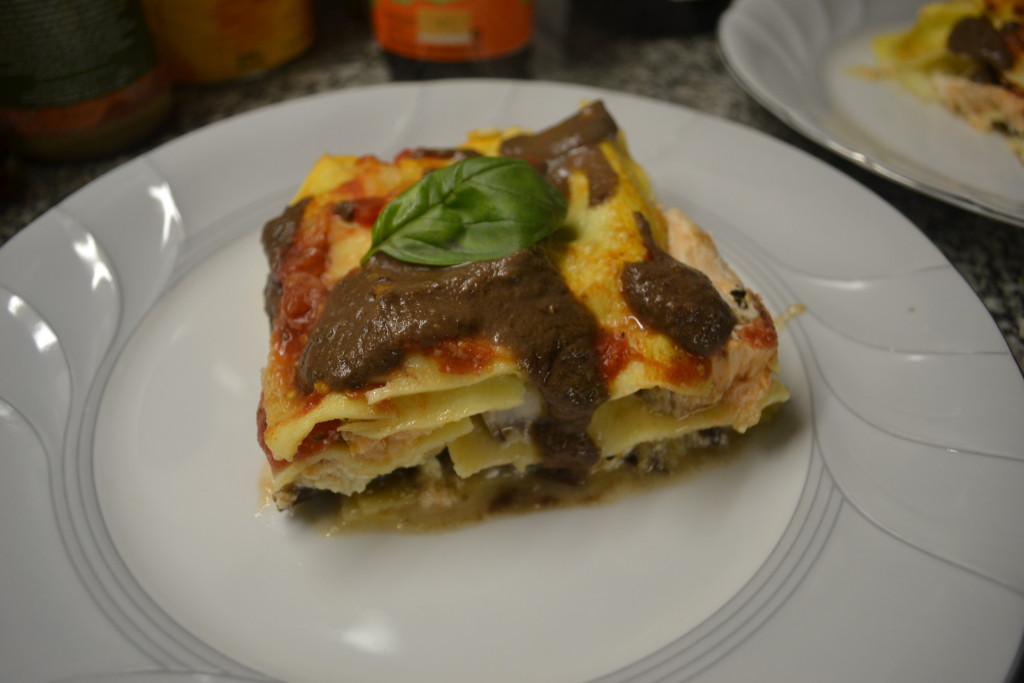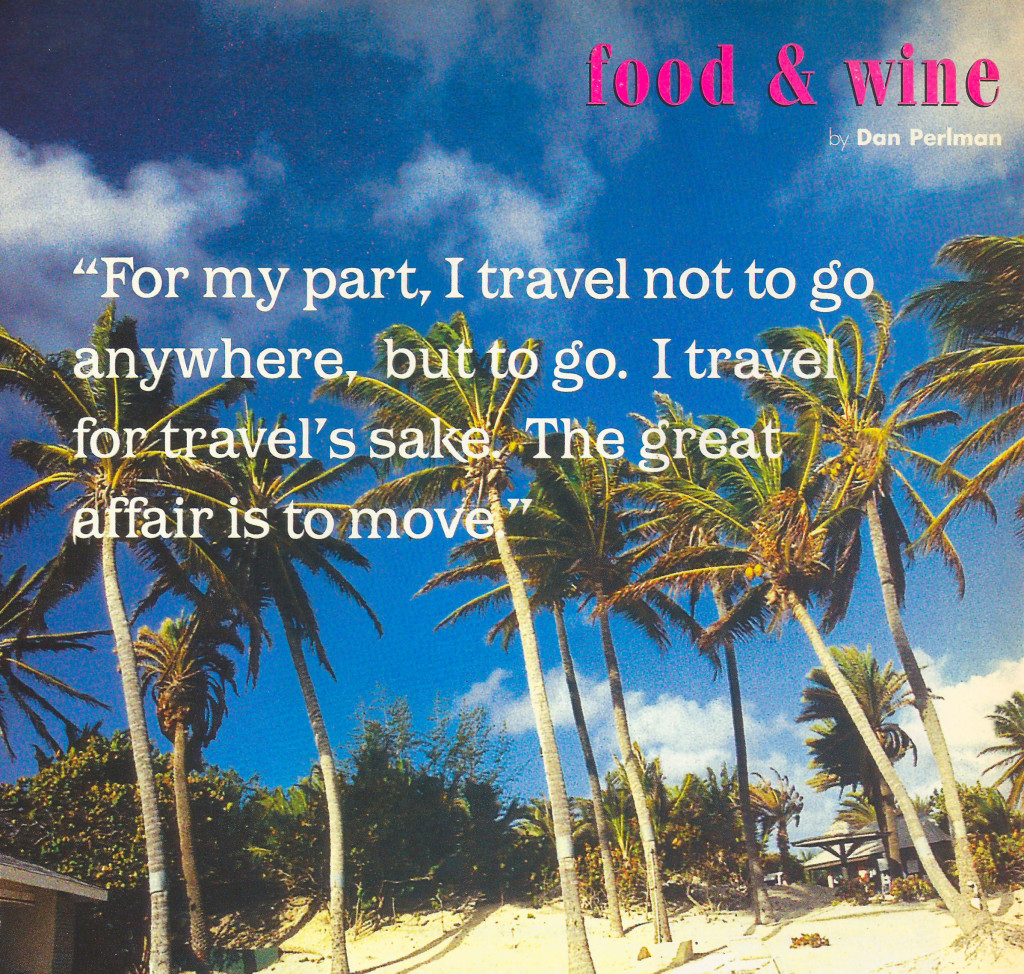Pasta magic
On Sunday supplement
Food and Wine
As Federico Fellini once said, “Life is a combination of magic and pasta.” The word pasta comes from the Italian word for paste, what the dough for making pasta looks like before it is kneaded and formed into its different final shapes. Basically, pasta comes in two types – fresh and dried – both generally easy to find in markets. Dried pasta is usually available in a wide array of shapes, while fresh pastas tend to be more limited in shape.
Because fresh pasta virtually always contains eggs, it is almost always found refrigerated or frozen. It is more delicate than dried, softer, and takes less time to cook. Because it already contains moisture it doesn’t swell much during cooking, it also will not be as al dente, or slightly firm, as it starts out fairly soft, though a pinch of baking soda can add to its texture. It also has a limited “shelf life” – 3-4 days in the refrigerator, maybe 6-8 weeks in the freezer. Because of the eggs it is higher in nutrition than many dried pastas that don’t contain egg, and the fat content of the egg also helps carry flavor better – which is why fresh pastas take so well to the addition of strong flavors like garlic, chilies and herbs.
Dried pasta can be stored pretty much indefinitely, as long as it is in a sealed package (not because it will go stale when opened, but being a wheat based product tends to attract bugs of one sort or another once opened). It does not require refrigeration or freezing. It takes longer to cook, and swells significantly during cooking. Unless completely overcooked, it will maintain an al dente, or firm texture, so works well with heavier sauces that contain meats or vegetables.
At its most basic, pasta is made with flour and water. Eggs, salt, and other additions, or substitutions on the liquid, are common. The type of flour affects both nutritional content and flavor of the pasta. The most common flours used are semolina, unbleached white, and whole wheat. Semolina is ground from a hard durum wheat, has a high gluten content, making the dough very elastic, which lends itself to both ease of shaping and holding a shape, and therefore is used for a lot of dried pastas. Unbleached white flour is ground from red winter wheat and produces a lighter dough that is easy to work with, especially for fresh pastas (here in Buenos Aires this is usually labeled as 000 flour). Whole wheat is more of a health choice, it isn’t particularly a tradition, and produces a nuttier tasting, heavier textured pasta that combines well with rustic flavors like chickpeas, nuts, and mushrooms, or as a nice foil to something like a veal cream sauce.
Today I thought I’d share one of our simplest pasta recipes and a household favorite, Pici alle Briciole, or “pici” (the shape) with breadcrumbs.
220 gm semolina flour
220 gm all-purpose flour (000 or 0000)
260 ml of tepid water (approximately)
Pici, or pinci, is “poor people’s pasta” – it is a thick, irregular, hand rolled strand pasta, usually served with a simple sauce or seasoning.
Mix the flours together in a large bowl. Make a well in the center of the flour mixture and add the water a little at a time, stirring with your hands until a dough is formed. You may need more or less water, depending on the humidity in your kitchen, the particular type of flour, etc. Place the dough on a floured work surface and knead it like bread until smooth and elastic, about 8 to 10 minutes. You can, of course, do this in a mixer with a dough hook if you have one. Cover the dough and let it stand for 10 minutes at room temperature.
Roll the dough into long dowels about 1 cm thick. Place the pasta strands between your hands and lightly roll back and forth to create a lightly spiraled, snake-like noodle. Place the pici on a sheet tray that has been dusted with semolina flour, cover with a clean dish towel, and set aside until ready to use. At this point, the pasta can be frozen for several months. This quantity makes 4 main course servings.
When ready to cook, simply boil in salted water for about 4 minutes until they swell up slightly and are al dente when you try them.
4 garlic cloves, chopped
hot peppers, thinly sliced or chopped (traditionally, equal in volume to the garlic)
60 gm breadcrumbs
60 ml olive oil
salt and pepper
Saute the garlic and peppers in the oil until just starting to turn golden. Add the breadcrumbs, continue cooking for another minute. Add the pasta, already cooked, and toss with the sauce. Season to taste with salt and pepper.
A series of recipes and articles that I started writing for the Buenos Aires Herald Sunday supplement, Food & Wine section, at the beginning of 2012. My original proposal to them was to take local favorite dishes and classics and lighten them up for modern day sensibilities. We’re not talking spa or diet recipes, but at the very least, making them healthier in content, particularly salt, fat and portion size. As time went by, that morphed into a recipe column that, while emphasizing food that is relatively “good for you”, wasn’t necessarily focused on local cuisine. At the beginning of 2013 I decided to stop writing for them over some administrative issues, but it was fun while it lasted.





